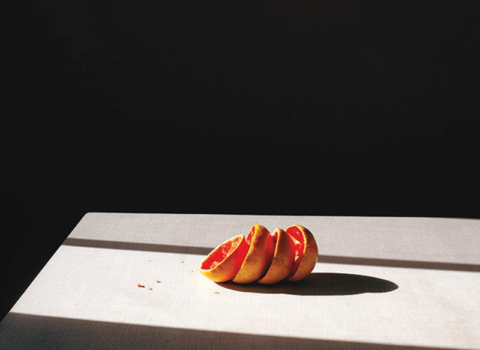A self-portrait by Francisco Goya, 1810 © akg-images/Nimatallah
The best-known works of the great Spanish artist Francisco Goya do not give the impression of having been created by a particularly sociable man. Describing the nightmarish etchings known as Los Disparates (The Follies), Michel Foucault wrote that Goya depicted “a madness that eats away faces, corrodes features; there are no longer eyes or mouths, but glances shot from nowhere and staring at nothing . . . or screams from black holes.” Goya was drawn to macabre and violent images: two haggard witches sharing a meager broomstick; a man poised with an…









































































































